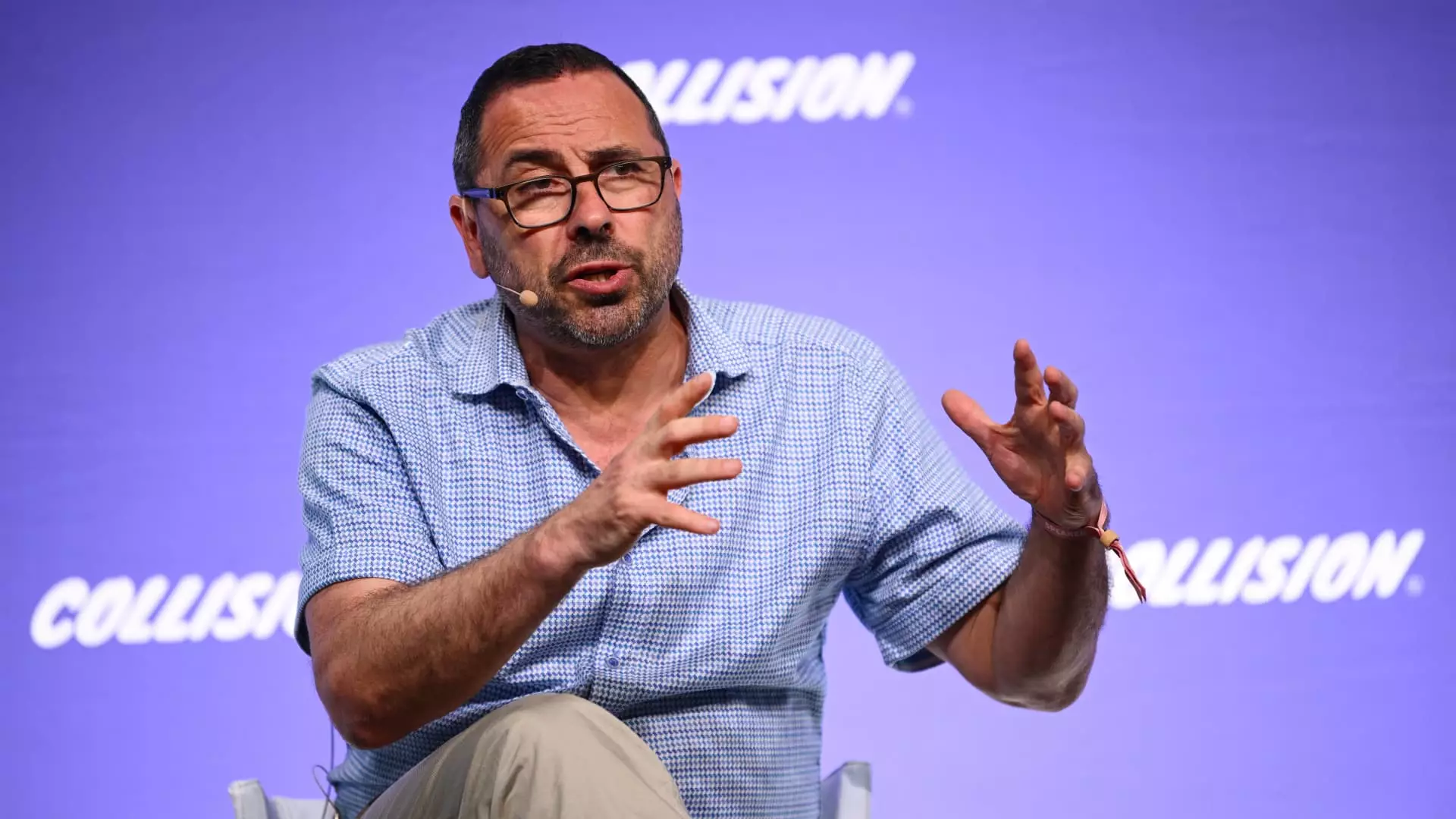Cerebras Systems, an emerging player in the artificial intelligence (AI) hardware landscape, has recently made headlines by filing its prospectus for an initial public offering (IPO). With aspirations to trade under the ticker symbol “CBRS” on the Nasdaq, the company’s move signals its desire to gain a foothold in the competitive AI chip sector, traditionally dominated by giants such as Nvidia. Cerebras distinguishes itself with its innovative WSE-3 chip, which boasts enhanced core count and memory capacity compared to Nvidia’s leading H100 chip, while also being substantially larger.
The AI chip market is becoming intensely contested, with established tech behemoths like Amazon, Google, Microsoft, and more recently, Cerebras entering the fray. Cerebras’ WSE-3 chip, highlighted on the company’s website, is engineered to provide greater computational power, making it a formidable competitor to Nvidia’s offerings. This innovation comes at a crucial time, as the demand for powerful AI chips is surging amidst a broader interest in artificial intelligence technologies across industries.
Cerebras’ operational model not only focuses on hardware sales but also emphasizes offering cloud-based services that leverage its proprietary computing clusters. This dual approach positions the company to cater to diverse market needs, potentially improving its competitive edge.
However, a critical review of Cerebras’ financial health reveals ongoing challenges. In the first half of 2024, the company reported a net loss of $66.6 million against sales of $136.4 million. This reflects a slight improvement compared to the same period in 2023 when losses surpassed $77 million with significantly lower sales figures. For the entirety of 2023, Cerebras registered a net loss of $127.2 million, raising concerns about its financial sustainability amidst rising operational costs primarily driven by personnel expenses.
These figures prompt investors to scrutinize the company’s growth strategy versus its expenditure. High operating costs, particularly in a sector that is progressively competitive, pose risks that could undermine Cerebras’ promising technologies if not managed effectively.
One notable aspect of Cerebras’ financial framework is its dependence on Group 42, a UAE-based AI firm, which accounted for an astounding 83% of the company’s revenue last year. This concentrated revenue stream highlights both a vulnerability and an opportunity for Cerebras. The company is developing a lucrative second revenue channel through partnerships, as evidenced by G42’s commitment to purchasing $1.43 billion in Cerebras products by early 2025.
Investors should consider the implications of such dependencies on client diversification. A heavy reliance on a singular client can be precarious, particularly in a rapidly evolving market where client needs and preferences may shift unexpectedly.
Cerebras faces not only direct competition from Nvidia but also threats from AMD, Intel, Google, and custom application-specific integrated circuits developed in-house by tech firms. Additionally, the backing of Taiwanese Semiconductor Manufacturing Company (TSMC) for chip production presents both an asset and a potential vulnerability for Cerebras, as highlighted by the risks associated with supply chain disruptions.
This complexity requires Cerebras to maintain robust supply chain management while accelerating its innovation cycles to stay ahead in a market where every player is vying for dominance.
As Cerebras prepares to enter the public markets amidst a cautious IPO environment, marked by high-interest rates and investor hesitance toward non-profitable ventures, its future trajectory remains uncertain. The tech sector’s recent dynamics, including the Federal Reserve’s interest rate adjustments, may provide some respite to companies like Cerebras, especially as the tech-heavy Nasdaq continues to exhibit gains.
In light of this, Cerebras’ reliance on a mix of deep-pocketed venture capital investors—including Foundation Capital, Benchmark, and notable individuals such as OpenAI’s CEO and co-founder of Sun Microsystems—may instill some confidence among potential public investors.
Cerebras Systems stands at a critical juncture in its journey, blending innovation, strategic partnerships, and a unique operational model in the crowded AI chip market. However, the company must navigate financial vulnerabilities and enhance its revenue diversification to ensure sustainable growth and investor confidence. As it readies itself for its IPO, the tech community will be watching closely to see how Cerebras positions itself against its formidable rivals and whether it can unleash the potential of its groundbreaking WSE-3 chip to capture market share and consumer interest.

